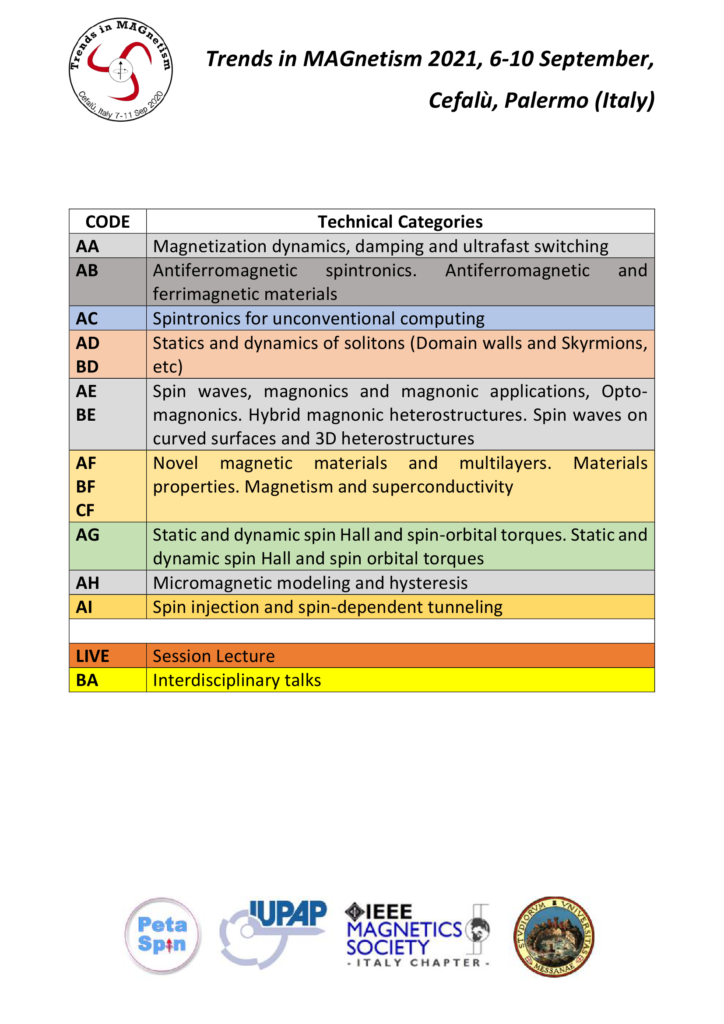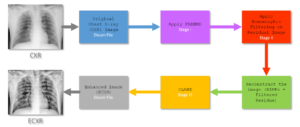The Conference will begin on Monday morning, September 6 and end on Friday afternoon, September 10, 2021.

NOTE: There are no poster presentations in this conference. The invited talks should be shorter than 30 minutes. The contributed talks should be shorter than 15 minutes.
UPLOAD YOUR PRESENTATION
As the conference will be in hybrid format, every speaker is requested to upload his/her presentation in advance through the link received by email. Uploaded presentations should be of 30 minutes for invited talks, 15 minutes for contributed talks.
The name of the file should include either the code of your presentation or your last name (mp4 format is preferable). If you need a support in recording your presentation, please let us know. We will provide you with a zoom link where we can record it.
Deadline for uploading the presentation is 20 July.
All the participants will be able to see the uploaded presentations well before the begin of the conference until the 31st of October.
During the conference days, live sessions will schedule 5-minute invited presentations and 3-minute contributed presentations, where the speaker will show few slides of his/her results. Sessions will also include further time for questions from the audience.
REGISTRATION
Once you know if your participation will be virtual or in presence please proceed to the registration to the conference.
We prefer the bank transfer from European (euro area) participants.
The onsite registration is possible only with a cash payment.
Contact us if you have an accompanying person (https://www.petaspin.com/tmag2020/registration/).

